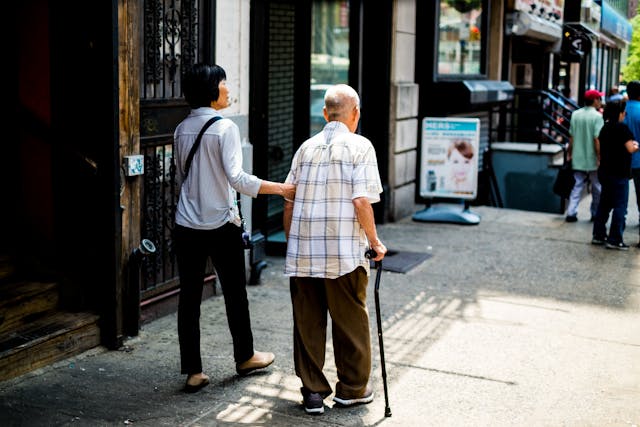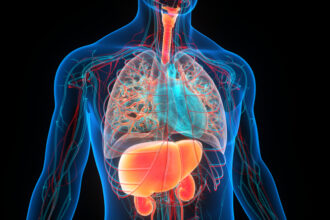The escalating demographic shift towards an ageing global population introduces a pressing issue: the increased risk of falls among older adults. Statistics suggest that one in every three individuals over 65 experiences at least one fall annually, with the injuries incurred from these falls becoming a growing concern in public health and healthcare management.
In an innovative response to this challenge, Associate Professor Hiromitsu Toyoda and Specially Appointed Professor Tadashi Okano from Osaka Metropolitan University’s Graduate School of Medicine have collaborated with Professor Chisato Hayashi from the University of Hyogo to develop an accessible assessment tool. This tool, which simplifies the estimation of fall risks, was meticulously crafted using data collected over a decade-long period from April 2010 to December 2019, specifically focusing on elderly participants.
The collaborative research initiative analyzed a vast array of data, encompassing 7,726 physical examinations and the responses to the Kihon Checklist—a comprehensive self-reporting questionnaire used by 2,381 older adults participating in community-based exercise programs. The Japanese government recognizes this questionnaire as a tool for assessing the health and well-being of the elderly. The analysis was rigorously performed under a formal agreement between Sumoto City in Hyogo Prefecture and the University of Hyogo, ensuring the integrity and applicability of the findings.
Traditionally, risk factors for falls have included a history of previous falls and the inability to maintain balance while standing on one leg. However, the recent analysis conducted by the research team has unveiled additional indicators. Poor oral health and diminished cognitive function have emerged as critical, yet previously underappreciated, contributors to fall risk. The study also highlighted that merely short-term involvement in targeted exercise programs was insufficient for reducing the risk of falls among older adults.
Professor Toyoda is optimistic about the potential impact of this new tool, emphasizing its benefits for healthcare providers on the front lines of elderly care. He stated, “We believe that this tool will provide invaluable information for healthcare professionals responsible for screening and supporting older adults at heightened risk of falls. It will aid them not only in preventative measures but also ineffective follow-up care.” He further expressed hope that this tool would be widely adopted by municipalities, underscoring that preventing falls among older adults does more than extend their life expectancy—it also plays a crucial role in controlling the spiralling costs associated with medical care and long-term care facilities.
The initiative led by Professors Toyoda, Okano, and Hayashi aims to foster a more proactive approach to managing elderly health by equipping healthcare providers with reliable, easy-to-use tools for assessing fall risks. This will ultimately contribute to safer, healthier ageing communities.
More information: Chisato Hayashi et al, Development and validation of a prediction model for falls among older people using community-based data, Osteoporosis International. DOI: 10.1007/s00198-024-07148-8
Journal information: Osteoporosis International Provided by Osaka Metropolitan University








